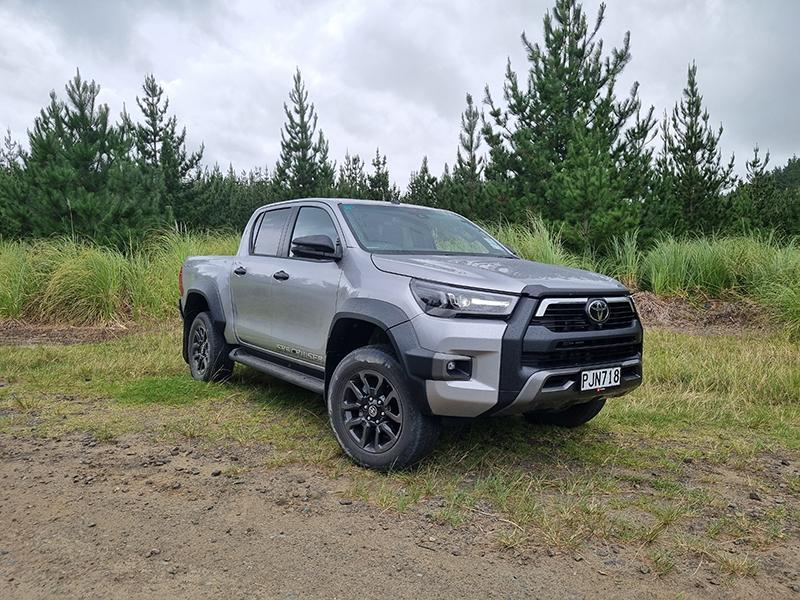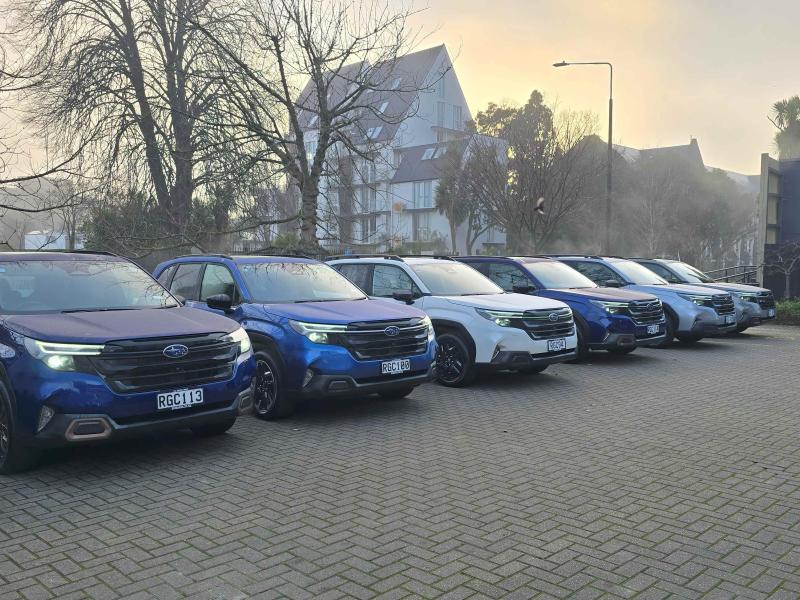Is a Wide Track Hilux necessary and is it going to be enough to give Toyota what it needs in the face of the competition?
The answer to the first part of the question is ‘yes’ – though possibly not for the reason you think – and the answer to the second half is ‘sort of’ because the Wide Track Hilux is not quite the competitive powerhouse Toyota has on the books.
No, for that, you might have to wait for the GR Hilux which we know is on the way, but the Wide Track is a step in the right direction.
‘Wide Track’ only applies to the SR5 Cruiser, the top end of the Hilux range – unless you count the limited edition Mako – and the Wide Track is no Clayton’s Cannon either.
It’s got, well, a wide track to the tune of some 140mm in lateral terms and, by extension, an extra 20mm or so of ride height.
This was achieved by extending the front suspension arm of the independent coil suspension set-up and an adjustment of the shock absorbers, while the leaf sprung rear axle saw an extension, allowing the rear shocks to be moved outboard, improving their efficiency. A rear stabiliser bar was also added – a first for Hilux.
All of which leads to the question of ‘why’ and to answer that, you need to understand that the SR5 Cruiser is not – in the strictest sense – a workhorse.
Oh it can be, and no one is going to question the SR5 Cruiser’s 4WD credentials – it is a Hilux after all – but this is the Hilux a general manager, a foreman or a site supervisor would have.
What the SR5 Cruiser needed though, was ride quality to take it to the next level, and that is precisely what ‘wide tracking’ the Hilux has done.
Basically, the SR5 Cruiser, as well as having the Hilux’ celebrated 4WD credentials is now more tuned to on-road conditions than it has been before.
And since Toyota’s engineers were under the body anyway, they decided to boost the Hilux’ braking capacity, fitting disc brakes all round and enlarging the front brakes to 17 inches.
The Wide Track Cruiser’s carrying ability is compromised somewhat by the underbody engineering – you have 35kg less payload than the regular SR5 – but your overall width is better by 165mm and height is up 15mm overall so there’s more trade-off than compromise – at least where the theoretical numbers are concerned.
Cosmetically speaking, the Wide Track model is distinguished by its chunky over wheel flares and a more integrated and wider front-end treatment.
And while the Hilux in general carries an excellent safety suite of driver aids, Wide Track SR5s gain blind spot monitoring and rear cross traffic assist.
The upshot of all the above improvements and enhancements is an SR5 Cruiser which feels decidedly more planted on the road, which was the goal of the Wide Track model after all.
In off-road situations the Hilux is more than capable, and the ‘wide tracking’ has certainly improved controllability and stability, even with an unladen tray.
For tarmac conditions, the Wide Track provides exactly what Toyota felt the Hilux needed: more refinement in terms of noise, vibration and harshness and a ride quality befitting the SR5 Cruiser’s high level of appointment in a very cohesive cabin.
Indeed, the only jarring feature of the cabin is the protruding JBL speakers at the base of the A pillar, but even these reflect the high level of premium feel this model has to offer.
Ergonomics are excellent and the quality of the equipment onboard, cameras, switchgear, digital display, trim and JBL audio suite are beyond reproach.
It is however, the supremely confident feel of the drive on city surface roads which measures equally with the implacable nature of the Hilux off-road.
Marrying the Wide Track’s road and ride refinement and the SR5 Cruiser’s top end equipment and specification level suggests Toyota is maintaining its commitment to continuous improvement for its customers.
The Wide Track SR5 Cruiser has more subtlety than its competition but it does have comparable credibility in the refinement stakes if not in outright performance.
If its classy sophistication you’re looking for in a ute that can do the mahi, a Wide Track may be the right answer after all.






